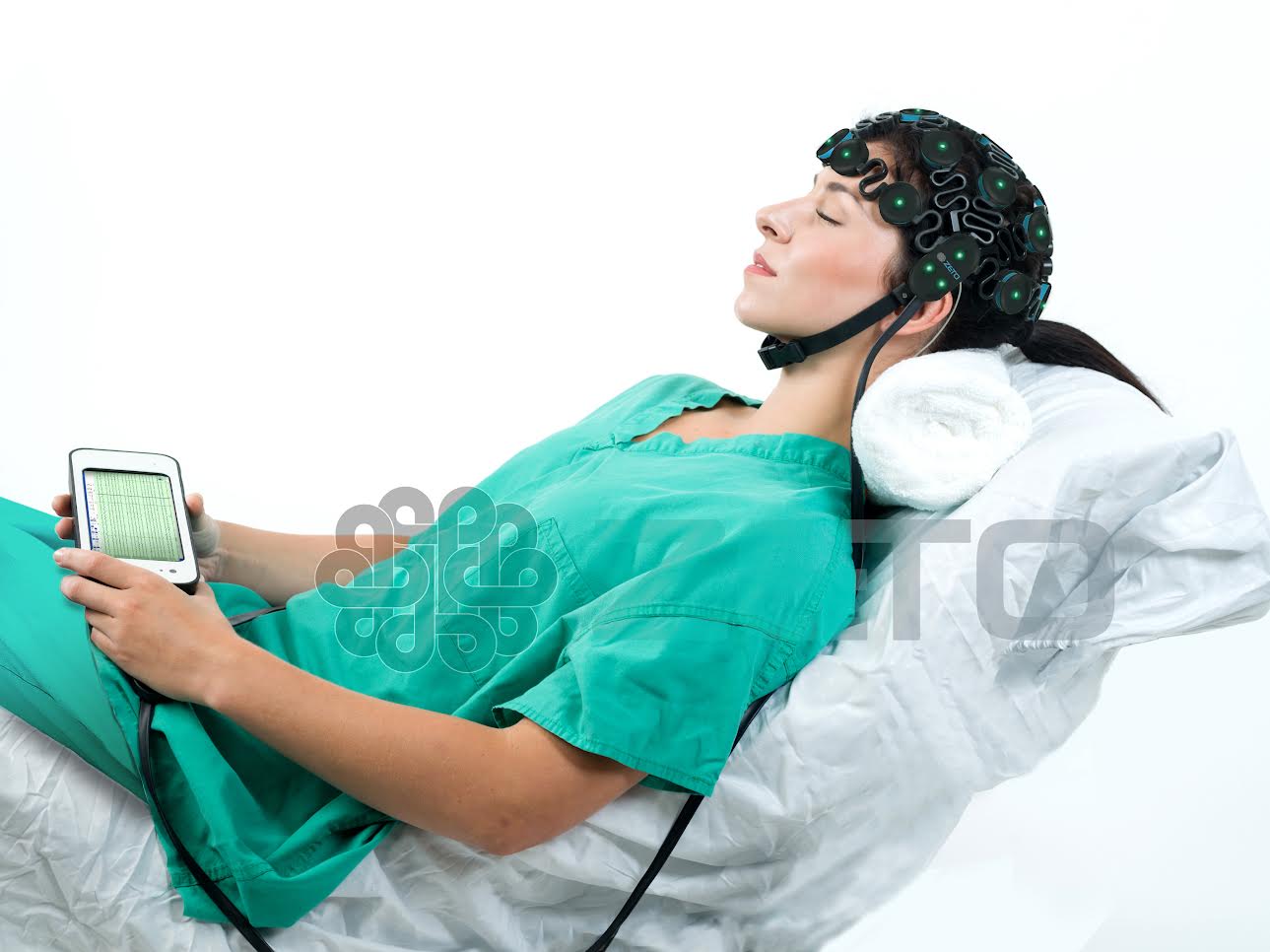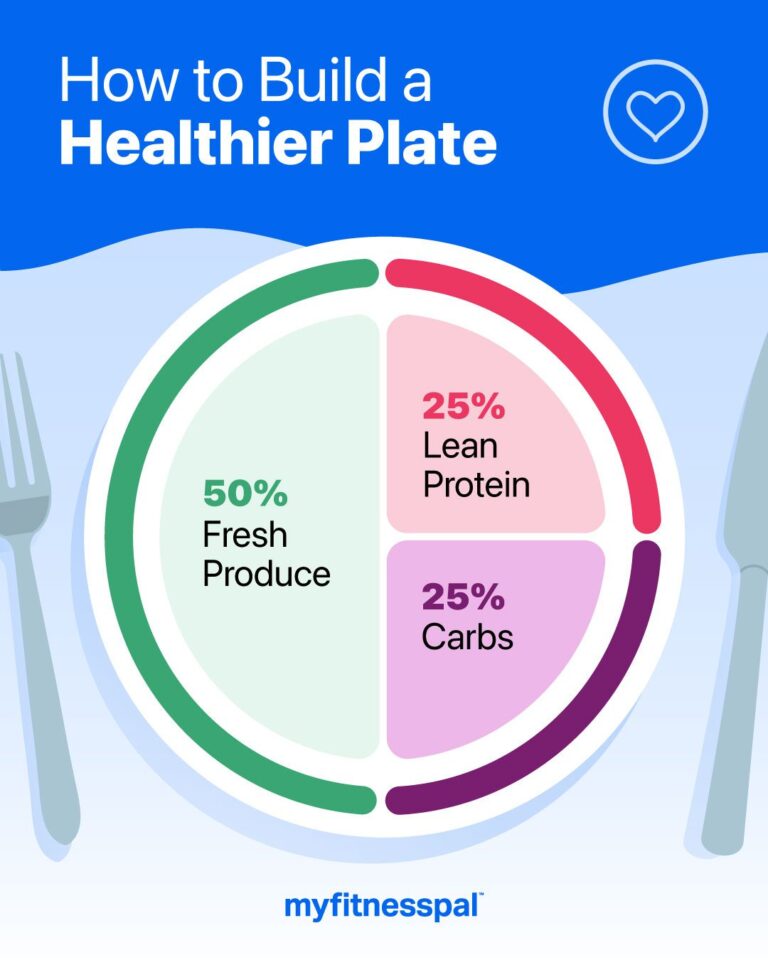
There is a significant unmet need for effective brain monitoring across various healthcare settings — including emergency departments, intensive care units, outpatient clinics and home environments — due in large part to the persisting shortage of trained electroencephalography (EEG) technologists. This week, the FDA granted clearance to a device aimed at addressing this problem.
Medical device company Zeto received clearance for its EEG brain monitoring device, which is called ONE.
Zeto, founded in 2014, is based in Santa Clara, California and Raleigh, North Carolina. The company’s ONE product includes a user-friendly, comfortable EEG headset that can be easily operated by any medical professional with minimal training, explained Zeto CEO Aswin Gunasekar.
“Just as an EKG is essential for assessing heart function, an EEG is crucial for measuring the brain’s electrical activity,” he declared. “EEGs provide valuable information for diagnosing and monitoring neurological conditions such as seizures, epilepsy, sleep disorders, depression, traumatic brain injury, altered mental status and more. However, EEGs remain largely inaccessible in many facilities because traditional EEGs require trained technologists, who are in short supply worldwide.”
Additionally, neurologists are not always available on call, and current EEG solutions often lack the ability to triage, diagnose, read remotely or store data in the cloud, Gunasekar noted.
Zeto’s ONE solution involves a headset equipped with 21 soft-tip electrodes positioned according to the 10-20 EEG system (an internationally recognized technique that allows for the standardized placement of EEG electrode placement), as well as intuitive LED feedback that allows the user to make easy adjustments. The product, which is currently available for sale, captures patient video and audio, as well as delivers notifications alerting the user of any potential seizure activity.
In Gunasekar’s view, four things help the ONE system stand out from other EEG products on the market, such as those made by Medtronic and Cadwell.
The first is the fact that the ONE system provides a full montage reading. The system’s complete head coverage and compliance to the neurologist-approved 10-20 EEG system ensures the best detection of clinically significant events, Gunasekar said.
Its ability to capture live video is a plus as well, as this is crucial for review and enhances the quality of physicians’ diagnoses, he added. He also highlighted the headset’s residue-free electrodes, explaining that these eliminate the need for paste, therefore reducing the risk of skin breakdown.
The final component that Gunasekar believes makes the ONE system unique is its connection to Zeto’s cloud-based EEG platform. The device seamlessly streams patient data to the Zeto Cloud, enabling neurologists to perform live remote interpretations. The cloud platform also allows neurologists to effectively manage scheduling, workflow, reporting and data, Gunasekar remarked.
Photo: Zeto






